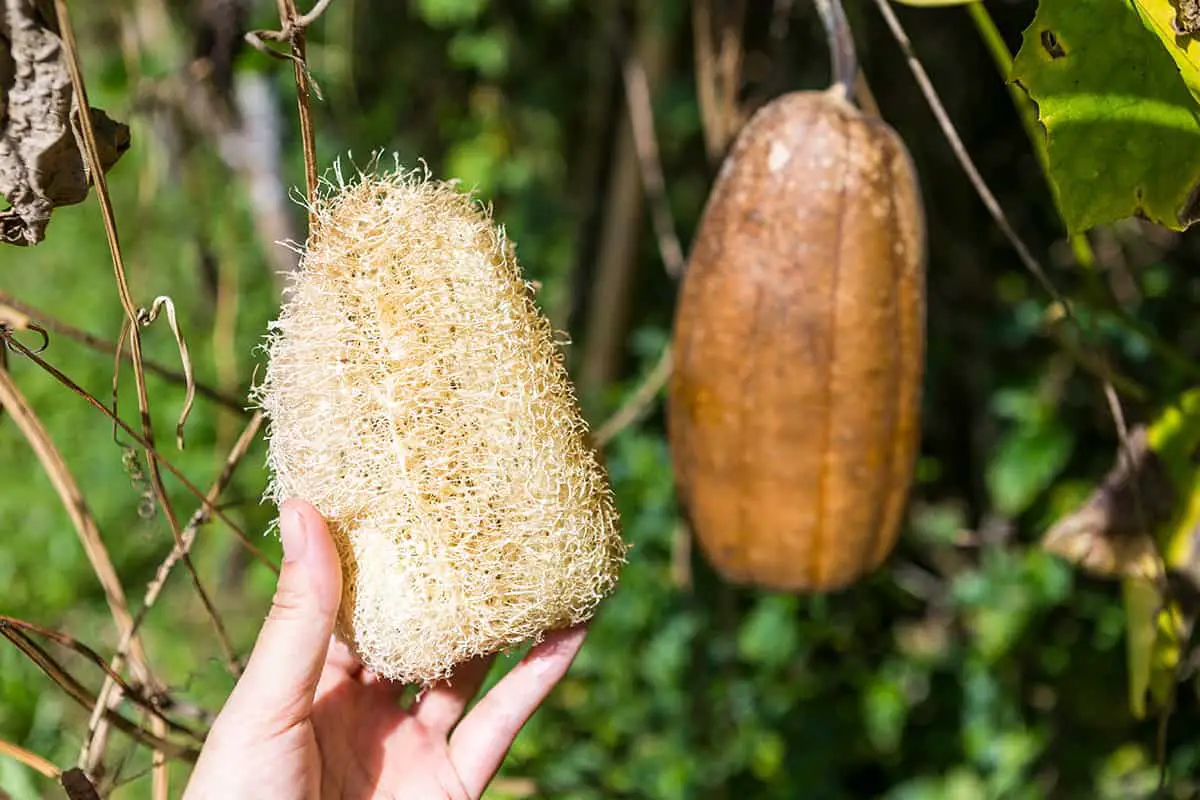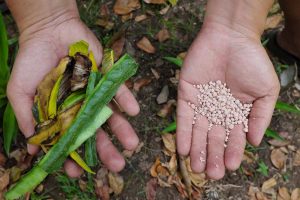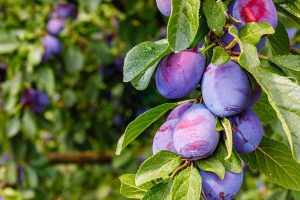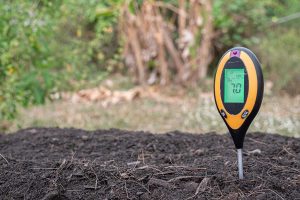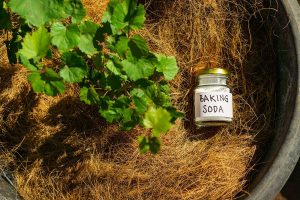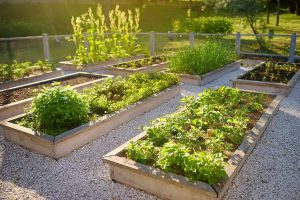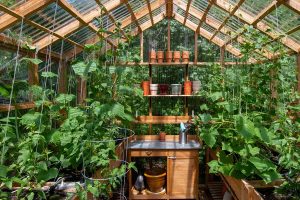You’re scrubbing dishes with a store-bought sponge, and think about how nice it would be to have a more natural, sustainable option. Growing your own loofah sponges is not only possible but also incredibly rewarding.
By cultivating loofah gourds in your garden, you can produce eco-friendly sponges that are perfect for cleaning and personal care. In this article, we’ll discuss how to successfully grow loofah sponges.
Table of Contents
Understanding Loofah
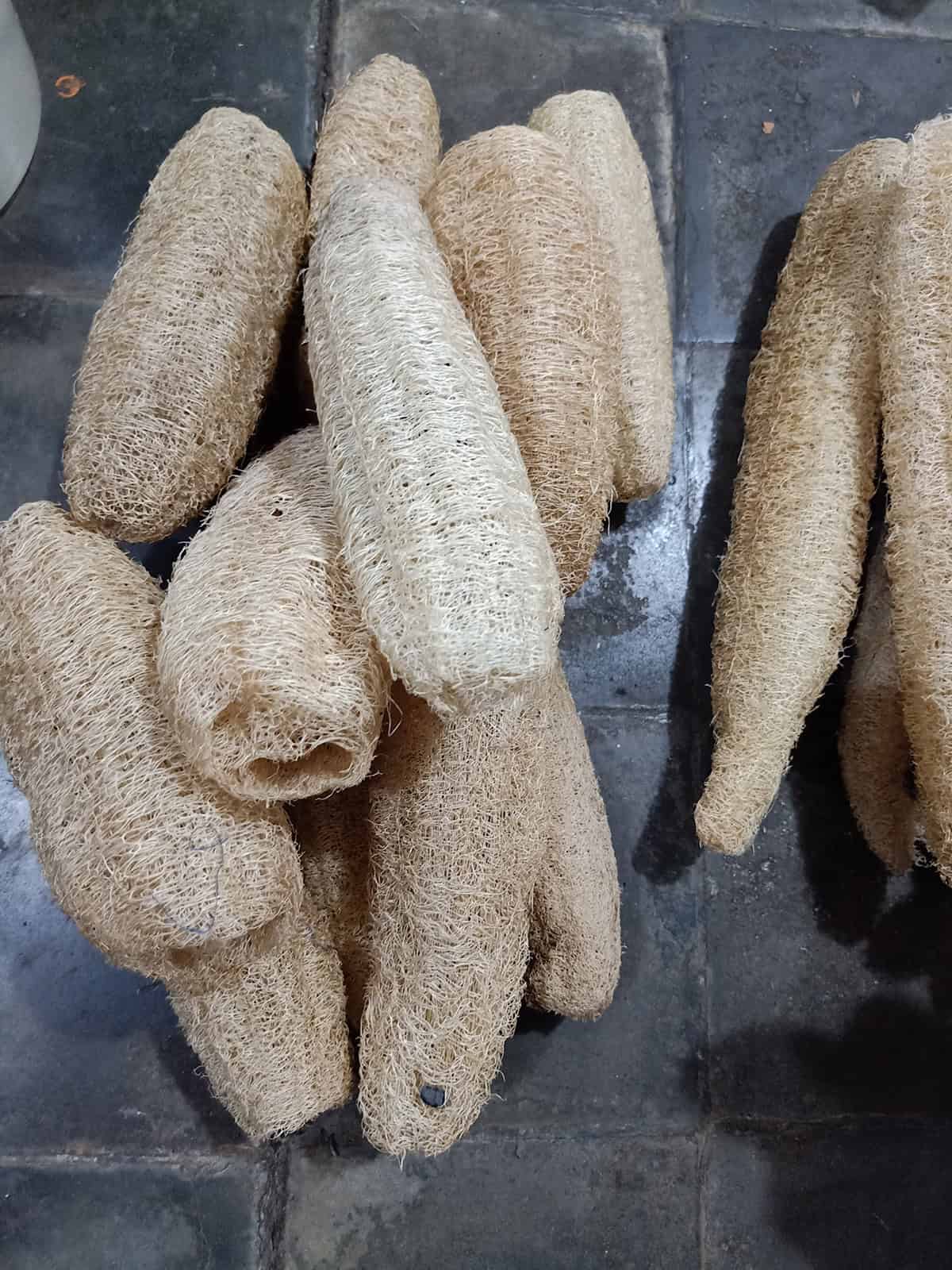
Loofah sponges originate from a plant known for its unique, fibrous structure. Growing loofah at home offers numerous benefits, from sustainability to versatility in use.
The Loofah Plant
Loofah, also spelled luffa, is a member of the cucumber family. Scientifically named Luffa aegyptiaca, this climbing vine produces sponges. These sponges form inside the gourds when fully matured. Young loofah fruits, green and less than 7 inches long, can be eaten like squash or cucumbers.
The plant prefers warm climates and requires a long growing season. Loofah seeds should be soaked in warm water for 24 hours before planting. They are often started indoors and transplanted outside. The gourds are ready to harvest when the skin becomes loose and brittle around the fibers.
Benefits of Growing Loofah
Growing loofah sponges has multiple benefits. First, homegrown loofahs reduce the reliance on synthetic sponges, promoting sustainability. Additionally, they are biodegradable and can be composted after use. The plant itself enhances your garden, as it requires trellising, adding vertical interest.
Loofahs are versatile; they can be used for bathing, cleaning, or even as compostable scrubbing pads in the kitchen. This multipurpose nature makes them an excellent addition to your household products. Furthermore, the act of growing and processing loofah can be satisfying and educational, making it a rewarding venture for gardeners and hobbyists alike.
Preparation for Planting
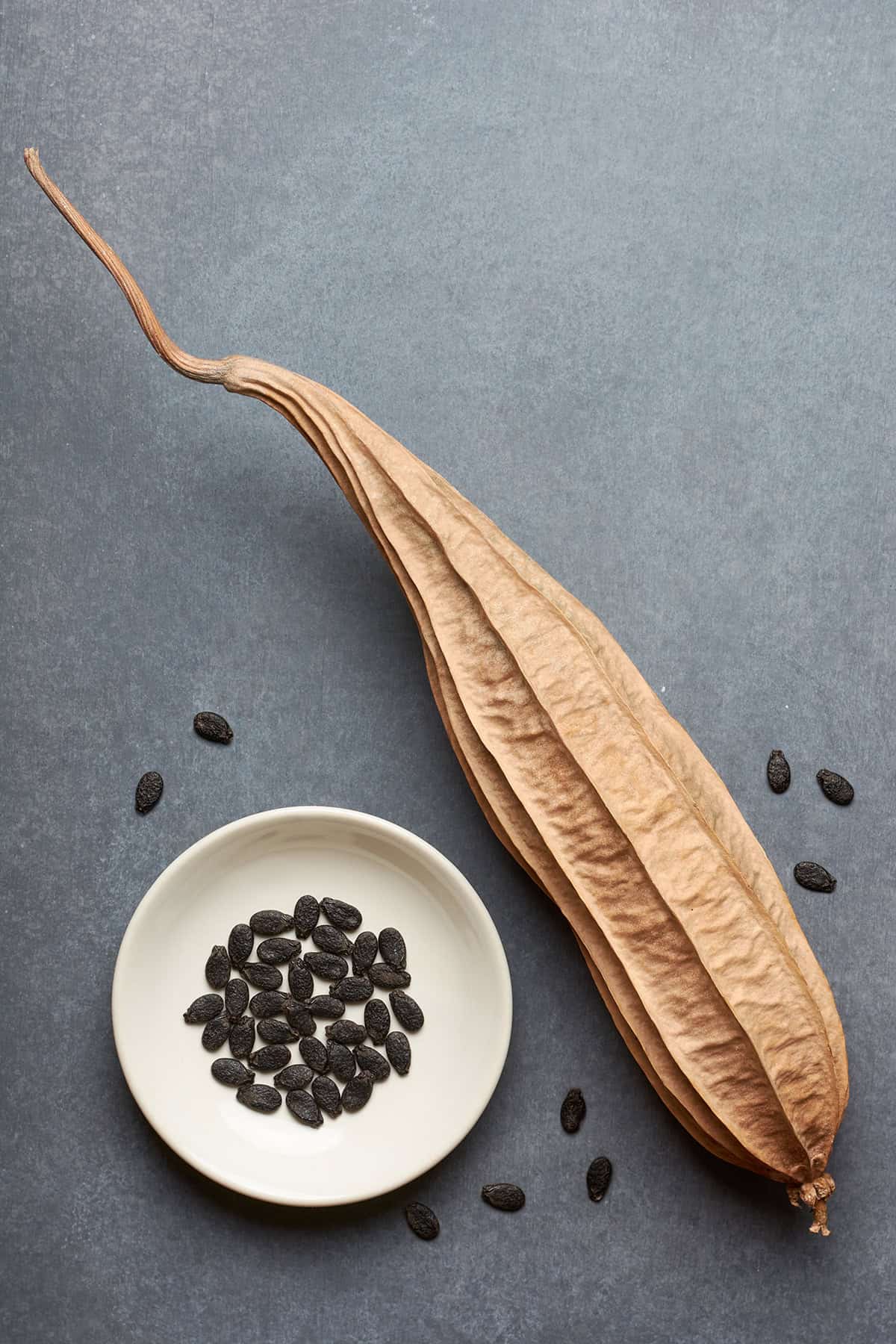
Growing loofah sponges successfully starts with proper preparation. This involves careful selection of seeds, choosing an optimal location, and preparing the soil with the right nutrients.
Choosing the Right Seeds
Start with high-quality loofah seeds. Look for seeds from reputable suppliers to ensure good germination rates. Soak the seeds in warm water for 24 hours before planting.
Plant two to three seeds per cell in seed flats. Thin to one plant per cell once true leaves appear. This method ensures strong seedlings for transplanting.
Keep seedlings in a greenhouse. Maintain a temperature of about 65-70°F during growth. This promotes healthy development before moving them outdoors.
Selecting the Ideal Location
Choose a sunny location for planting loofah sponges. Full sunlight is essential for vigorous growth. Ensure the site is protected from strong winds.
Loofah plants need plenty of space. They can grow up to 2 feet in length, so plan accordingly. Vertical supports, such as trellises, can optimize space and support the vines.
Avoid planting in areas prone to waterlogging. Adequate drainage is crucial to prevent root rot and other moisture-related issues.
Soil and Compost Requirements
Prepare the soil with compost before transplanting loofah seedlings. Loofah plants thrive in well-drained, fertile soil. Add organic matter to improve soil structure and nutrient content.
Check the soil pH. Aim for a slightly acidic to neutral pH range, approximately 6.0 to 7.0. Adjust soil pH if necessary by adding lime or sulfur.
Incorporate aged manure or a balanced fertilizer. This enriches the soil with essential nutrients. Thoroughly mix compost and fertilizer into the top 6-8 inches of soil for best results.
Water the prepared soil deeply. Ensure it has consistent moisture to support early root development.
Planting Process
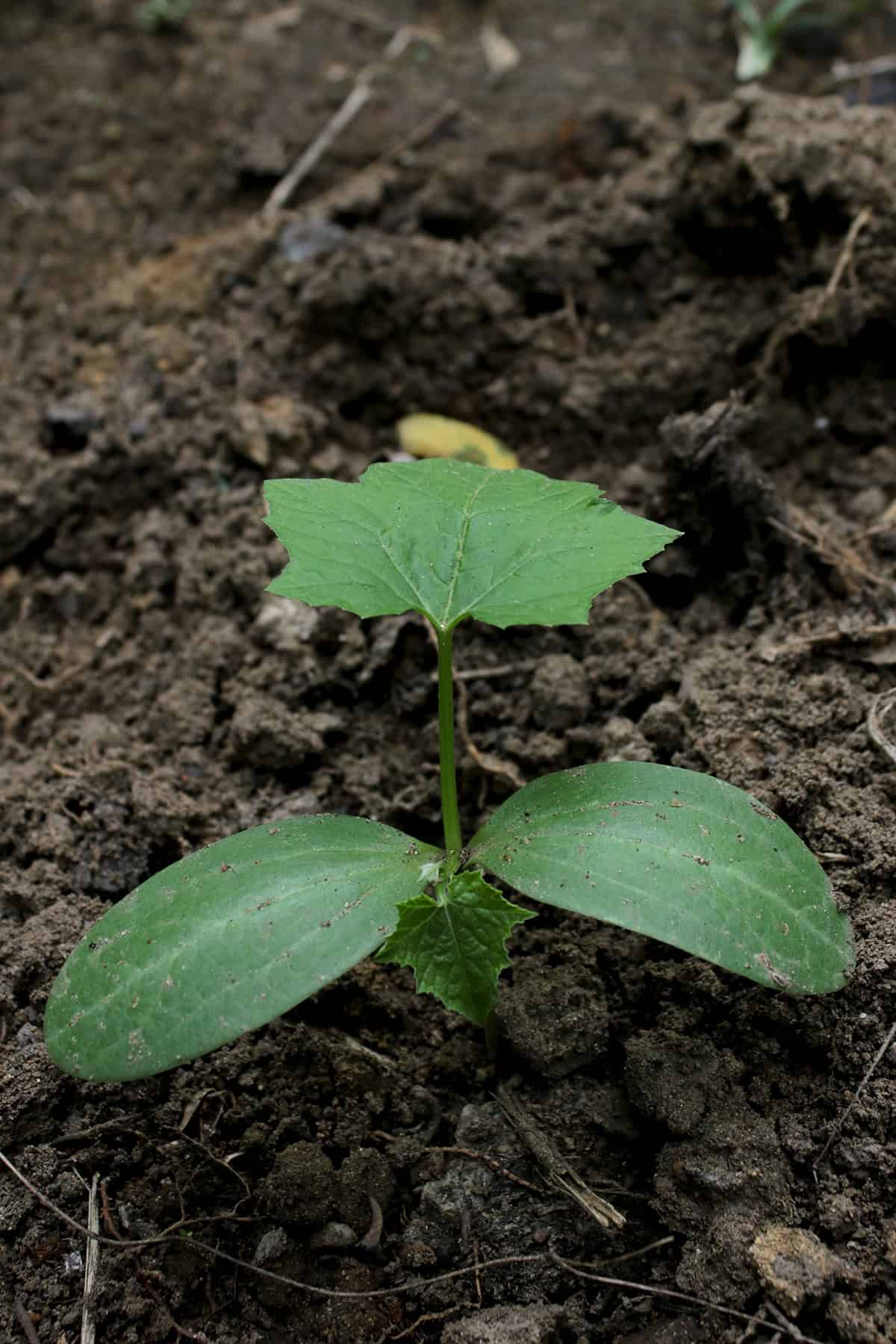
To grow healthy loofah sponges, you need to follow specific steps for germinating seeds, transplanting seedlings, and setting up spacings and support structures.
Seed Germination
Start by soaking loofah seeds in warm water for 24 hours. This helps soften the seed coat and promotes quicker germination. Plant the seeds one inch deep in seed-starting trays. Ensure good drainage. Place 2-3 seeds per cell. Maintain a temperature of 65-70°F in the greenhouse. This creates a suitable environment for sprouting.
After germination, thin the seedlings. Keep only the strongest one per cell. Provide consistent moisture without waterlogging. Regular, even watering promotes strong growth and reduces stress on the seedlings. Use a heat mat if necessary to keep soil warm.
Transplanting Seedlings
Transplant loofah seedlings when they are 4-6 weeks old. Wait until they have at least two true leaves. Hardening off the seedlings is crucial. Gradually expose them to outdoor conditions over a week. This helps them adjust to the temperature and light differences.
Choose a sunny location with rich, well-draining soil. Dig holes that are deep enough to accommodate the root ball. Gently place each seedling into its hole. Firm the soil around the roots to eliminate air pockets. Water well after transplanting to settle the soil.
Spacing and Support Structures
Proper spacing ensures good air circulation. This reduces the risk of diseases. Place plants 3 feet apart. Rows should be 6-8 feet apart. This gives each plant enough room to grow and prevents overcrowding.
Loofah plants require sturdy support. Use trellises, fences, or vertical grids. Secure the plants as they grow. This keeps the vines off the ground. It also promotes straight growth. Trellising makes harvesting easier and keeps the gourds clean.
Caring for the Loofah Plants
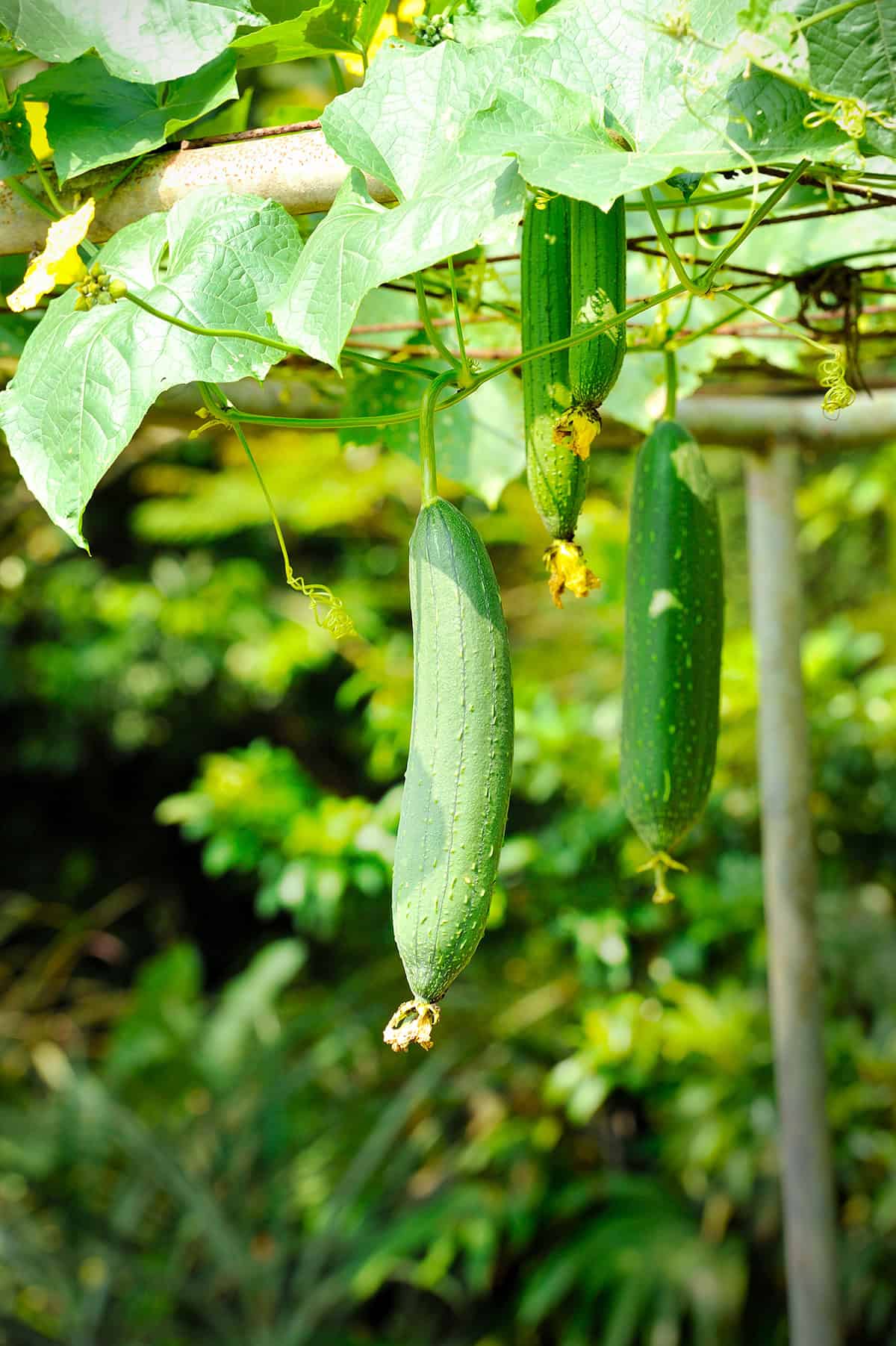
Proper care is essential for healthy loofah plants. Ensuring they receive adequate water, nutrients, and protection from pests can lead to a successful harvest.
Watering and Moisture Control
Loofah plants need consistent watering, especially during the growing season. Too much water can cause root rot, while too little can stress the plant. Water your loofah deeply once or twice a week. The soil should remain moist but not waterlogged. Early morning watering is ideal to prevent leaf diseases. Mulching helps retain moisture and regulates soil temperature, crucial during hot summer months.
Fertilization and Nutrient
Feed your loofah plants with a balanced fertilizer rich in nitrogen, phosphorus, and potassium. Use compost to improve soil fertility. Apply a liquid fertilizer every three to four weeks during the growing season. Avoid over-fertilization; it can harm the plant. When flowers start to bloom, switch to a fertilizer higher in phosphorus to support fruit development.
Pest and Disease
Loofah plants are vulnerable to various pests and diseases. Common pests include aphids, cucumber beetles, and spider mites. Regularly inspect your plants for signs of pest activity. Use insecticidal soap or neem oil to control infestations. Diseases such as powdery mildew can affect loofah plants. Ensure good air circulation around the plants and avoid overhead watering to reduce disease risks. Remove infected leaves to prevent spread.
Harvesting Loofah Sponges
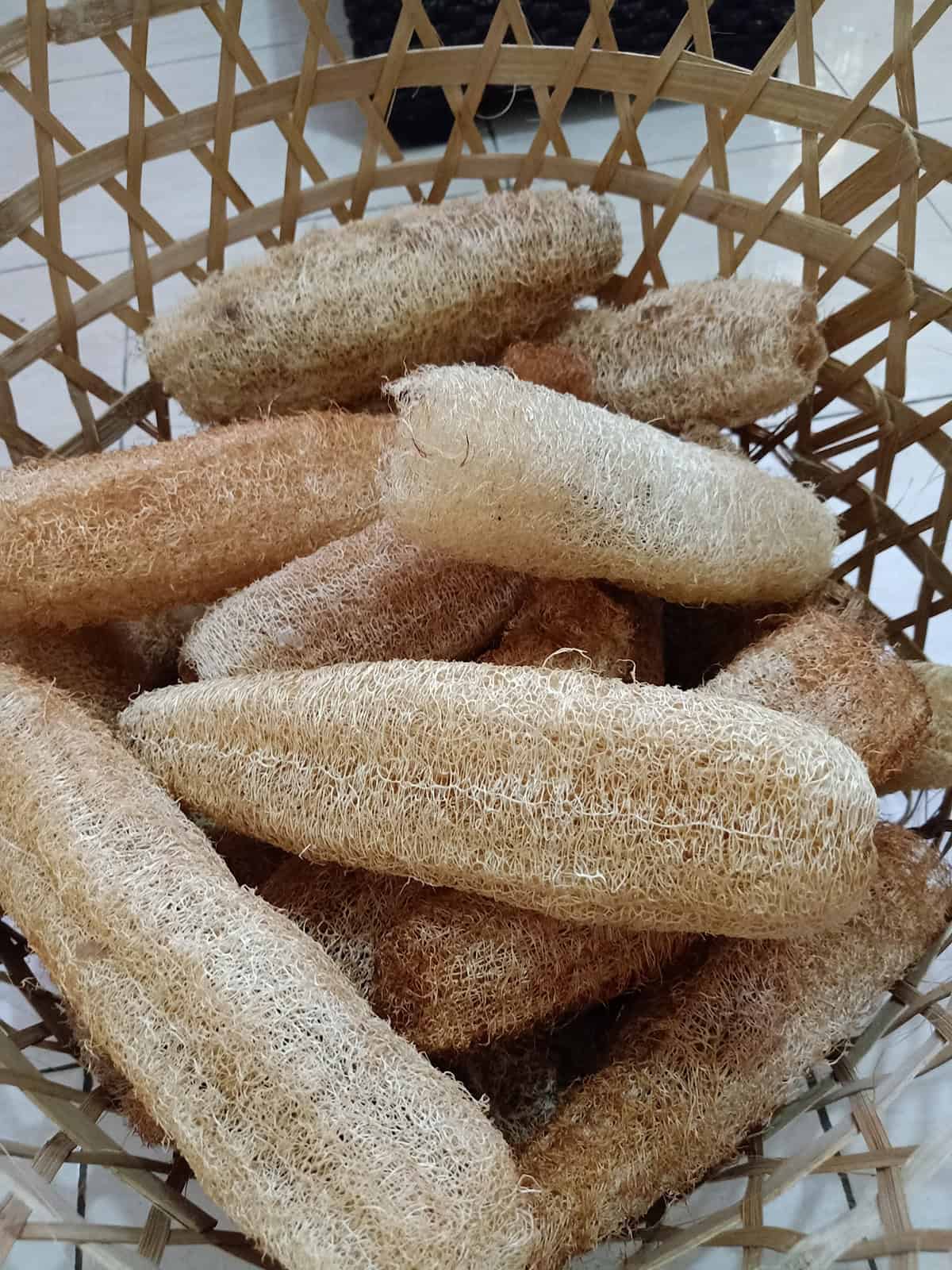
Harvesting loofah sponges involves recognizing when the fruit is mature, using the right techniques to harvest them, and properly drying and peeling them to reveal the sponge.
Identifying Maturity
To know when your loofah sponges are ready for harvest, look for color changes. Mature loofahs will turn from green to a tan or brown shade. The skin becomes tough and starts to dry out. If the vine connecting the fruit to the plant turns brown and shrivels, the loofah is likely ready. If possible, leave the loofah on the vine until fully mature for the best sponge quality.
Proper Harvesting Techniques
When harvesting, use sharp tools like pruners or knives to cut the fruit from the vine. Cut it close to the base to avoid damaging the plant. Avoid twisting or pulling, which can harm both the fruit and the vine. Handling the fruit gently is important to prevent it from cracking or breaking prematurely. Harvesting in dry conditions is preferred to prevent mold growth on the fruit.
Drying and Peeling
After harvesting, place the loofahs in a sunny, dry area for a few weeks to dry out. Turn them regularly to ensure even drying and prevent mold. Once the skin feels brittle, peel it off by cracking and removing it with your thumbs. The inner sponge will be fibrous and contain seeds. Clean the sponge by shaking or rinsing out the seeds. Let the sponges dry completely before using them.
Processing and Cleaning
After harvesting loofah sponges, you’ll need to prepare them for use and clean them thoroughly. This involves removing the skin, seeds, and any debris that may still be attached.
Preparing Loofah for Use
Harvest loofah sponges when the skin feels loose and brittle. This is a sign that they are ready. Start by peeling off the skin. It should come off easily if the loofah is ripe.
Once the skin is removed, shake the loofah to dislodge the seeds. Save the seeds if you plan to grow more loofahs. Rinse the loofah to remove any remaining bits of skin or pulp. This initial cleaning helps to prepare the loofah for a more thorough cleaning process.
Natural Cleaning Solutions
Clean your loofah sponges to remove any mold or mildew. Soak the loofahs in a 10% chlorine bleach solution. This will lighten and disinfect the fibers. If you prefer a natural approach, use vinegar or hydrogen peroxide as a cleaning solution.
Let the loofah soak for at least 15 minutes in your chosen solution. Rinse thoroughly with clean water afterward. Make sure all cleaning agents are removed to ensure the loofah is safe to use. Allow the loofah to dry completely in a well-ventilated area before using or storing it. This prevents any residual moisture that could encourage mold growth.
Storage and Preservation
Once you’ve harvested and processed your loofah sponges, storing them correctly is essential to maintain their quality. Proper storage techniques can extend the lifespan of your loofah sponges while preventing mold and decay.
Long-Term Storage Tips
Store loofah sponges in a dry, well-ventilated area. Moisture is the main enemy of dried loofahs. Placing them in a damp environment can lead to mold growth and decay. For best results, keep them suspended or in a container that allows airflow.
You can also place loofahs in a paper bag or a breathable fabric sack. This helps keep them dust-free while maintaining proper ventilation. Avoid plastic bags, as they trap moisture, which can cause mold.
Periodically check the loofahs for any signs of moisture or mold. If you find any, allow the sponges to air-dry completely in a sunny spot before returning them to storage.
Avoiding Mold and Decay
Dry the loofah sponges thoroughly before storage. Any lingering moisture can lead to mold. Lay them out in a sunny, dry area after cleaning and allow them to dry completely. Rotate them occasionally to ensure even drying.
Keep your storage area clean and free from excess humidity. Use a dehumidifier or silica gel packets if necessary to absorb moisture in the air. This can significantly reduce the risk of your loofahs developing mold or rotting.
Inspect the loofahs regularly for signs of deterioration. If you notice any softness or discoloration, remove the affected sponges to prevent mold from spreading to the rest of your stored loofahs.
11 Great Uses of Loofah Sponges
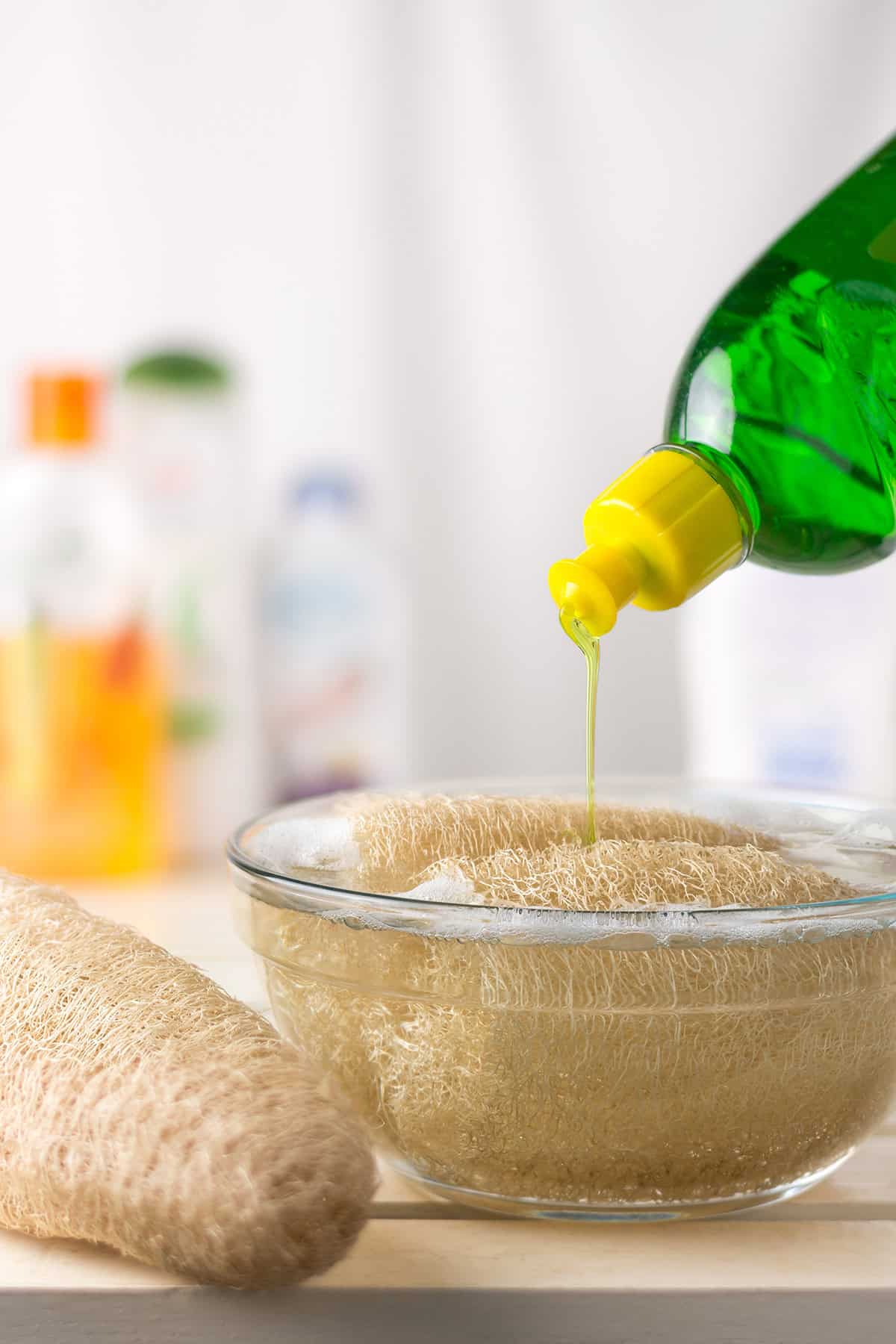
Loofah sponges have a variety of practical and creative uses. They are appreciated for their versatility in personal care, household cleaning, gardening, and crafting.
Exfoliating the Skin
Loofah sponges are excellent for exfoliating the skin. The natural fibers help remove dead skin cells. This stimulates circulation and leaves your skin feeling smoother. Gently rubbing a wet loofah on your body helps unclog pores. It also keeps your complexion clearer. Note that it’s not suitable for sensitive skin due to its rough texture.
Bath and Shower Scrubber
In the bath or shower, loofah sponges are popular scrubbers. They help create a rich lather with your soap or shower gel. The sponge cleanses and refreshes the skin. It’s not overly abrasive, making it ideal for everyday use. Rinse your loofah thoroughly after each use to prevent bacteria build-up.
Kitchen Cleaning
Loofah sponges are great for cleaning kitchen surfaces. Their natural fibers scrub countertops and sinks effectively. Unlike synthetic sponges, loofahs are biodegradable. This makes them an eco-friendly option for household cleaning. They remove grime without scratching surfaces and are durable.
Dish Scrubber
Using loofah sponges as dish scrubbers is effective. The abrasive texture tackles stuck-on food and grease. It is gentle on pots and pans, reducing the risk of scratches. Loofahs are also easy to rinse and dry out quickly. This minimizes odors and bacteria growth. Make sure to replace them regularly to maintain hygiene.
Gardening Uses
Loofah sponges can be used in gardening. They make excellent seed starters. Cut into small pieces, loofah sponges can help retain moisture around seedlings. Loofah pieces can also be used as a natural mulch. This helps to keep weeds down and retain soil moisture.
Crafting Projects
For crafting enthusiasts, loofah sponges are versatile. They can be cut, dyed, and shaped for various projects. Loofahs are used in making decorative ornaments. Kids can use them in art projects. Crafts made from loofah are unique and eco-friendly.
Homemade Soap Making
Handmade soaps with embedded loofah sponges are popular. These soaps provide exfoliation and cleansing in one product. The sponge holds the soap and creates a rich lather. It is practical and adds an interesting texture to handmade soap. These soaps make great personal care items or gifts.
Exfoliating Foot Scrubber
Loofah sponges are effective foot scrubbers. Their coarse texture helps remove dead skin. Focusing on the heels and soles, the loofah keeps feet smooth. Regular use can prevent calluses and cracked skin. For best results, use a loofah on wet feet.
Cleaning Fruits and Vegetables
Loofah sponges are useful for cleaning produce. They scrub dirt and residues from fruits and vegetables. This makes them cleaner and safer to eat. The sponge is gentle and won’t damage delicate produce. They are biodegradable, making them an eco-friendly choice.
Spa and Beauty Treatments
In spa treatments, loofah sponges are frequently used. They exfoliate the skin during facials and body scrubs. The texture helps to rejuvenate the skin. Loofah can be part of a luxurious at-home spa experience. It enhances the effects of scrubs and lotions.
Natural Body Scrub Recipes
Loofahs are key in natural body scrub recipes. You can combine them with sugar, salt, and essential oils. These scrubs exfoliate and cleanse the skin naturally. The loofah enhances the scrub’s effectiveness. Homemade scrub recipes are easy to customize and use.
